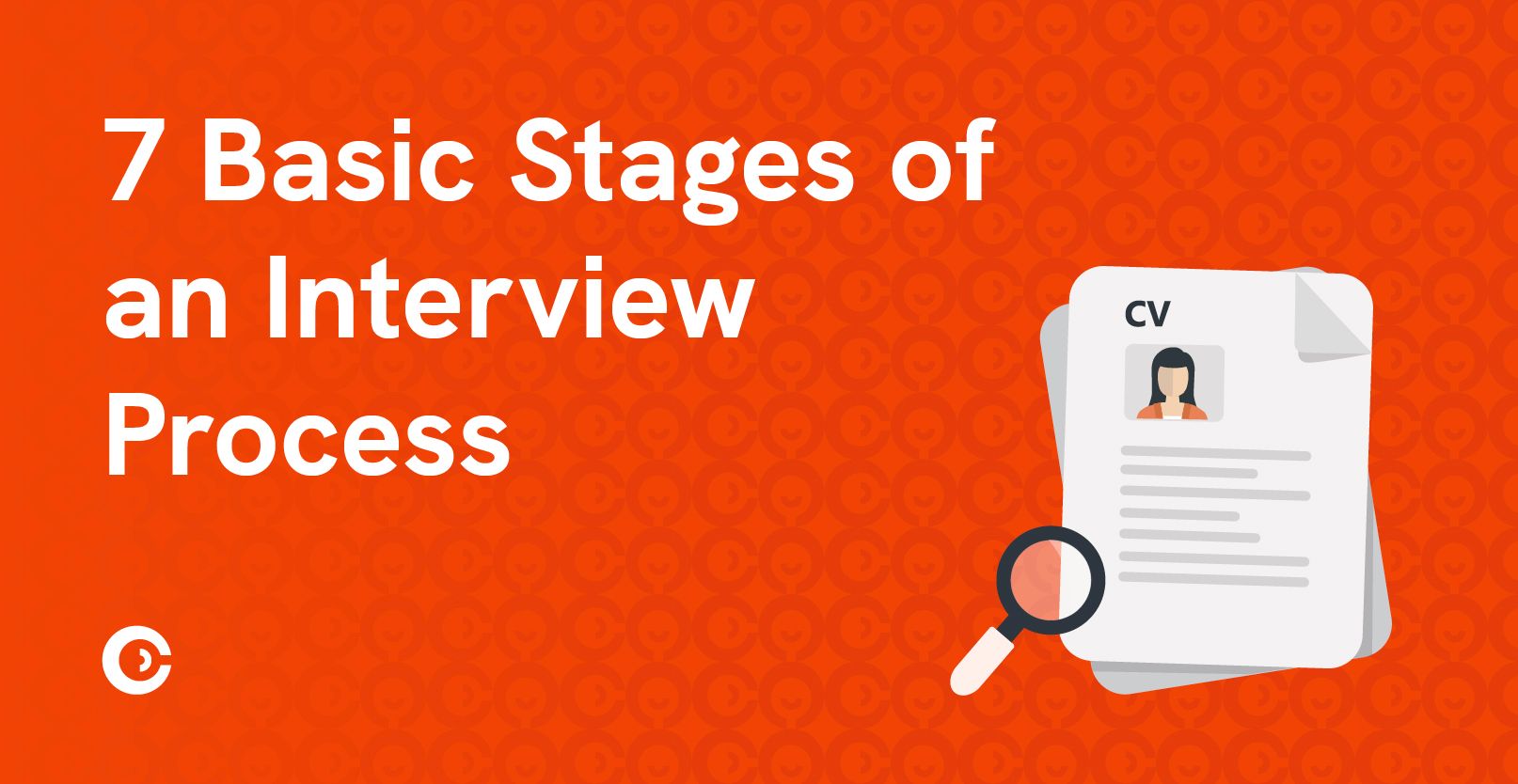Cadana for Employers: Exploring the Basic Stages of a Hiring Process

Hiring for your company can be tricky especially if you are running a startup or a small business with minimal resources at your disposal to outsource or set up a human resources department. For every time you do not get it right with hiring, you run the risk of depleting resources.
So, you want to get it right as efficiently as possible from the get-go to save time, money and other resources expended in hiring.
More importantly, human resources are an integral part of any business hence building a team of the right hires is inevitable. It is a process you have to go through one too many times, till you learn to get it right. Coming to terms with the fact that you cannot avoid it, sets you on the right path which is simply getting it right.
This is why we have simplified it all for you in this short article to help you get it right.
Let’s get you started; here are 7 basic stages of an interview process.
Define the Job Description
Before you begin your search for a hire who would fit in perfectly into the role you are looking to fill, you want to establish clearly what the job entails. Your potential candidates should be able to understand what the role is about, what the responsibilities are and what expectations you have of them in terms of qualifications, experience and skills. This also guides your selection process. If you know what you seek, then you are in a great position to recognize it when you see it in a candidate.
Be clear on what you set from the onset.
Post the Job
Go ahead to post the job opening and description on the appropriate channels. These may include the career page on your company’s website and your company’s social media platforms. You may also share on your personal LinkedIn Page to attract as many eyeballs to it as possible.
The job listing on your website must be detailed and should essentially capture the job title, job purpose, job duties and responsibilities, required qualifications, preferred qualifications and working conditions.
Sort Applications
As you receive applications, you may want to begin sifting through to shortlist candidates you will reach out to. This may be manually or automatically done depending on the volume of applications received and your company size.
Schedule Interviews
Reach out to candidates and schedule interviews with them. As you schedule the interviews, be sure to establish the duration and discussion points. This will help you guide the conversation during interviews to elicit the answers you seek.
Conduct a Preliminary Interview
Conduct an initial interview to give you a sense of the basics such as the candidate’s eligibility. It is also a great opportunity to explain what your company needs and confirm the candidate's openness to the role. This may be easily done via a telephone conversation. This stage is optional.
Conduct an In-Person Interview
If you are satisfied with the previous, you may proceed to the next stage of an in-person interview which may be in a one-on-one setting, a panel setting or both. Depending on the nature of the job, location and preferences, you may conduct this interview virtually or stick to a physical interview.
Follow-up with Your Candidates
Follow-up with your candidate to let them know the feedback on their interviews, what the next steps are and when you will get back to them on the status of their application. You may also follow-up simply to request additional information.
Choose Your Hire
Choose your hire and communicate the news to them!
Don’t forget to spell out the next line of action.
At every point in your interview process, ensure you appropriately send rejection emails with a lot of empathy. The non-successful candidate you treat well today could be the product, marketing, engineering etc maestro you will need in the future. Moreso, it pays to get back to people!
Our mission at Cadana is to make payments flexible, real-time and borderless to delight employees and create value for businesses.
Get on board the future of compensation. Request a demo today.